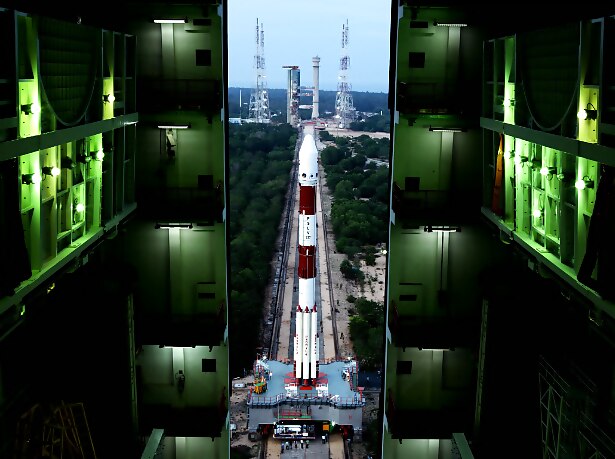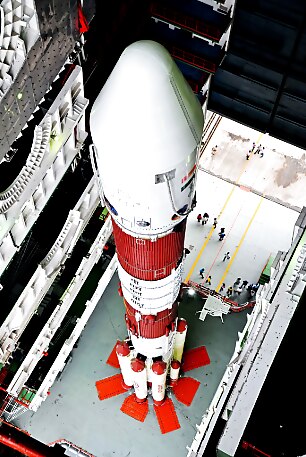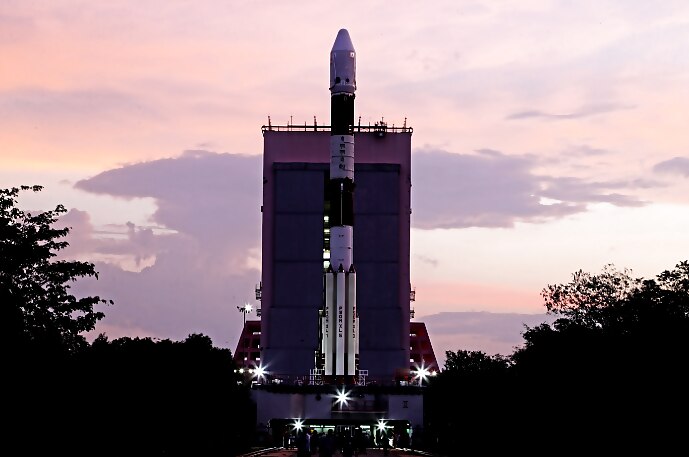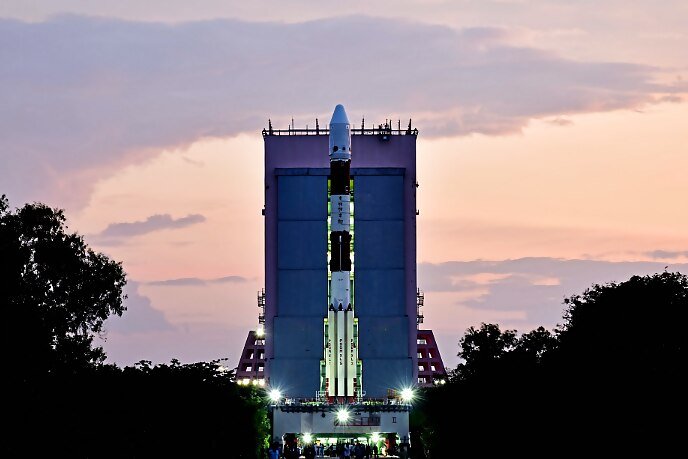
views
After the success of the Chandrayaan 3 mission, the Indian Space Research Organisation (ISRO) is all set to launch India’s first space-based observatory called Aditya-L1 to study the Sun. The Bengaluru-headquartered space agency is planning to launch the sun mission on September 2 at 11.50 a.m. from Sriharikota spaceport.
ISRO, in a social media post, said that the spacecraft — the first space-based Indian observatory to study the Sun — would be launched using a PSLV-C57 rocket. The agency also shared the first glimpse of the rocket that will carry the Aditya-L1 to space.
“PSLV-C57 carrying #AdityaL1 has been rolled out to the Second Launch Pad at Sriharikota!! The launch is scheduled for Saturday, 2 Sept. at 11:50 AM IST! #ISRO,” the space agency posted on X (formally Twitter).
PSLV-C57 carrying #AdityaL1 has been rolled out to the Second Launch Pad at Sriharikota!!The launch is scheduled for Saturday, 2 Sept. at 11:50 AM IST! ???? #ISRO
More images ????https://t.co/IhpEakju3I pic.twitter.com/M3jxHUSXuh
— ISRO Spaceflight (@ISROSpaceflight) August 29, 2023

About ISRO’s Aditya-L1 Mission


The Aditya-L1 mission, aimed at studying the Sun from an orbit around the L1, would carry seven payloads to observe the photosphere, chromosphere and the corona — the outermost layers of the Sun — in different wavebands.

The Bengaluru-based Indian Institute of Astrophysics (IIA) is the lead institute for the development of Visible Emission Line Coronagraph (VELC) payload while Inter-University Centre for Astronomy and Astrophysics, Pune, has developed the Solar Ultraviolet Imaging Telescope (SUIT) payload for the mission.
According to ISRO, VELC aims to collect the data for solving how the temperature of the corona can reach about a million degrees while the Sun’s surface itself stays just over 6000 degrees Centigrade.

A satellite placed in the halo orbit around the L1 point has the major advantage of continuously viewing the Sun without any planets obstructing the view or causing eclipses, ISRO noted.
Objectives of Aditya-L1 Mission
The major science objectives of the Aditya-L1 mission are—
- Study of solar upper atmospheric (chromosphere and corona) dynamics
- Study of chromospheric and coronal heating, physics of the partially ionised plasma, initiation of the coronal mass ejections, and flares.
- Observe the in-situ particle and plasma environment providing data for the study of particle dynamics from the Sun.
- Physics of solar corona and its heating mechanism.
Besides, the mission aims to study diagnostics of the coronal and coronal loops plasma: temperature, velocity and density; development, dynamics and origin of CMEs; identify the sequence of processes that occur at multiple layers (chromosphere, base and extended corona) which eventually leads to solar eruptive events; magnetic field topology and magnetic field measurements in the solar corona; and drivers for space weather (origin, composition and dynamics of solar wind).
The instruments of Aditya-L1 are tuned to observe the solar atmosphere, mainly the chromosphere and corona. In-situ instruments will observe the local environment at the L1 point.




















Comments
0 comment